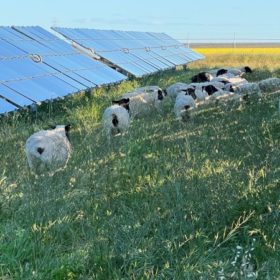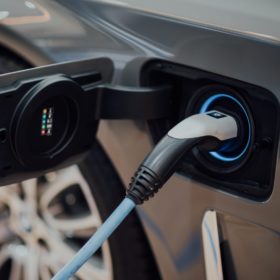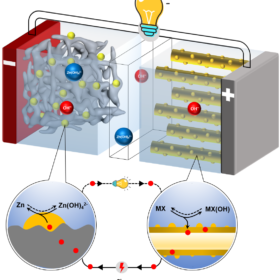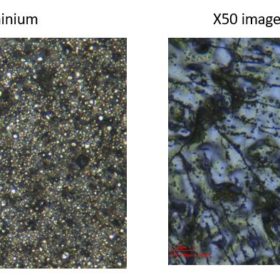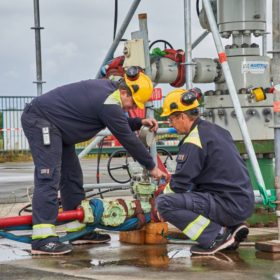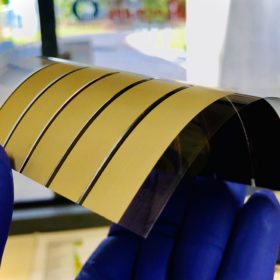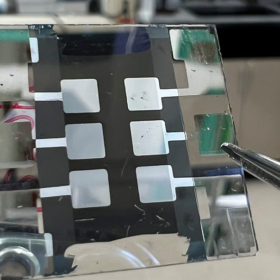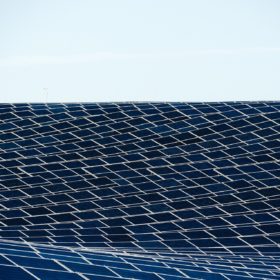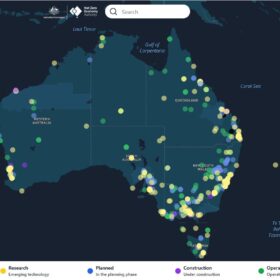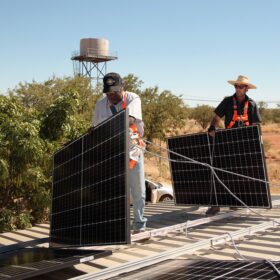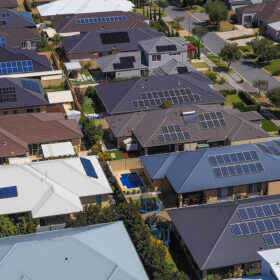Bright reports positive signs in sheep grazing pilot
Renewables developer Bright Energy Investments has reported positive signs after launching a sheep grazing trial to replace mechanical methods of maintaining vegetation growth at the 40 MW Greenough River Solar Farm in Western Australia’s mid-west.
Bowen points to manufacturing revival as part of national EV strategy
Australia’s car manufacturing industry could be restarted as the federal government considers ways to increase the affordability, supply and uptake of electric vehicle technologies.
Super-fast, long-life aqueous rechargeable zinc battery
An international group of researchers has demonstrated an aqueous zinc battery with excellent performance in terms of capacity, rate capability, specific energy, and output voltage. The supercapacitor-battery hybrid device has also shown unprecedented cycling stability 99.2% capacity retention after 17,000 cycles at 100% depth of discharge.
Google to use Australian power tracing tech in Sydney trial
Google will be using Australian company Enosi’s technology to trace its energy use in Sydney, part of its journey towards time matched renewables – a far more ambitious and globally favoured standard.
Novel tech to recycle silver, aluminum from end-of-life solar panels
Researchers in the United Kingdom have developed a new method of extracting silver and aluminium from end-of-life PV cells using iron chloride and aluminium chloride dissolved in brines. According to the research team, the cheap solvents retrieve up to 95% of the metals within 10 minutes, achieving a 98% purity of silver chloride.
Scientists study transparent organic PV materials for solar window applications
A team of scientists in the United States have designed a transparent organic photovoltaic material for solar window applications in commercial buildings.
Underground caverns to help unlock Australia’s hydrogen industry
Australia’s ambitions to become a major player in global green hydrogen production and trade have received a boost with a new report from Geoscience Australia confirming the potential for large-scale, underground storage of hydrogen in salt caverns across the country.
Flexible, roll-to-roll printed perovskite solar cell hits 16.7% efficiency
A team of scientists from the CSIRO have demonstrated a flexible perovskite solar cell using roll-to-roll compatible “printing” type processes, which could potentially be applied in large-scale manufacturing. Of particular note is the development of a viable roll-to-roll process to deposit the electrode layer, which has thus far been a major challenge. Cells fabricated by the group achieved a maximum efficiency of 16.7%.
Perovskite solar cell achieves 24% efficiency, retains 87% of output after 100 days
Researchers at the National Renewable Energy Laboratory in the United States have made a breakthrough in high efficiency and stability for perovskite solar cells.
How to get to 100% emissions-free electricity
The National Renewable Energy Laboratory is exploring different paths to 100% emissions-free electricity in the United States.
